History
-

CRITIPEG: Delivering chills
If you’re looking for an accessible ghostly read, Haunted Manitoba by Matthew Komus delivers.
-

Stories Left Untold
Winnipeg’s Métis history is being explored by new public art works.
-

A case for nostalgia
There has been a lot of backlash against nostalgia in film over the past decade.
-

Shakespeare, through a different lens
With the Royal Manitoba Theatre Centre’s Masters Playwright Festival coming to an end in 2020, its focus is on none other than famous playwright William Shakespeare.
-

CRITIPEG: The Twentieth Century
Matthew Rankin’s first feature-length film, The Twentieth Century, looks like Guy Maddin’s The Saddest Music In The World and a Canadian Heritage Minute took acid and gave birth to a wombat in a powdered wig
-

PROFile: Paul Lawrie
In the University of Winnipeg’s expansive history department, Dr. Paul Lawrie’s area of focus lies in American History.
-
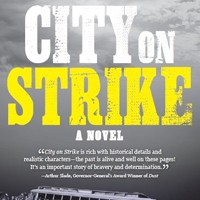
CRITIPEG: Winnipeg is the master of its fate and the captain of its soul
The 1919 General Strike is among Winnipeg’s most important historical events.
-

Winnipeg on display
The Manitoba Museum unveiled the Winnipeg Gallery, its newest addition, this past fall. Roland Sawatzky, head curator of the Winnipeg Gallery, says “there is no other place (in the province that) tells the actual history of the city ... We also wanted it as an introduction to the Urban Gallery cityscape, which shows Winnipeg around 1920, but there is no real context in there, so we felt we needed to tell the larger story."
-

News briefs
German-Indigenous relations // Soccer camps for girls // New exhibit in archives // Gifts for holiday dinner // Community forum discusses transit
-

It’s beginning to look a lot like 1916
In April of 2018, I wrote a historical article for The Uniter examining the prohibition era in Winnipeg. From 1916 to 1921, the sale and consumption of alcohol was prohibited in Manitoba. Similar legislation was passed throughout Canada and the United States in the 1910s and ’20s, motivated by fears and misconceptions about alcoholism.
-
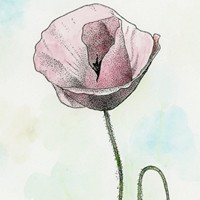
Easing the transition from military to university
Remembrance Day, held annually on Nov. 11, gives individuals and institutions the opportunity to reflect upon the service of past and present military members.
-
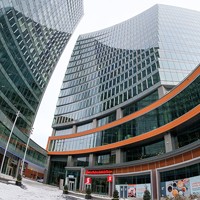
A tale of two cities
Downtown Winnipeg has been the subject of much media scrutiny in recent years. A now-infamous Maclean’s article published in 2015 called attention to the issue of racism toward Indigenous people in Winnipeg and its effects, which are largely felt in the downtown area.
-

Women in the war
When it comes to Remembrance Day services, women’s contributions to the First and Second World Wars are often forgotten. However, during the Second World War, some women served in the Women’s Royal Canadian Service (WRCNS).
-

Perogies are a portal
For folks growing up in diasporic communities, food can be as important as language.
-
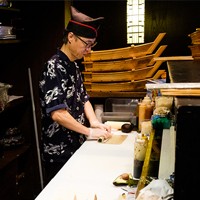
Food from a different angle
What comes to mind when you think of food?
-
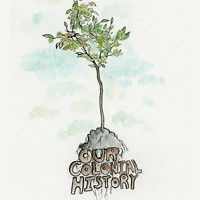
City roots
Over the past year, I have been learning about the history of colonialism on the prairies, and I have begun to wonder: how do trees fit into the early settler vision for the plains?
